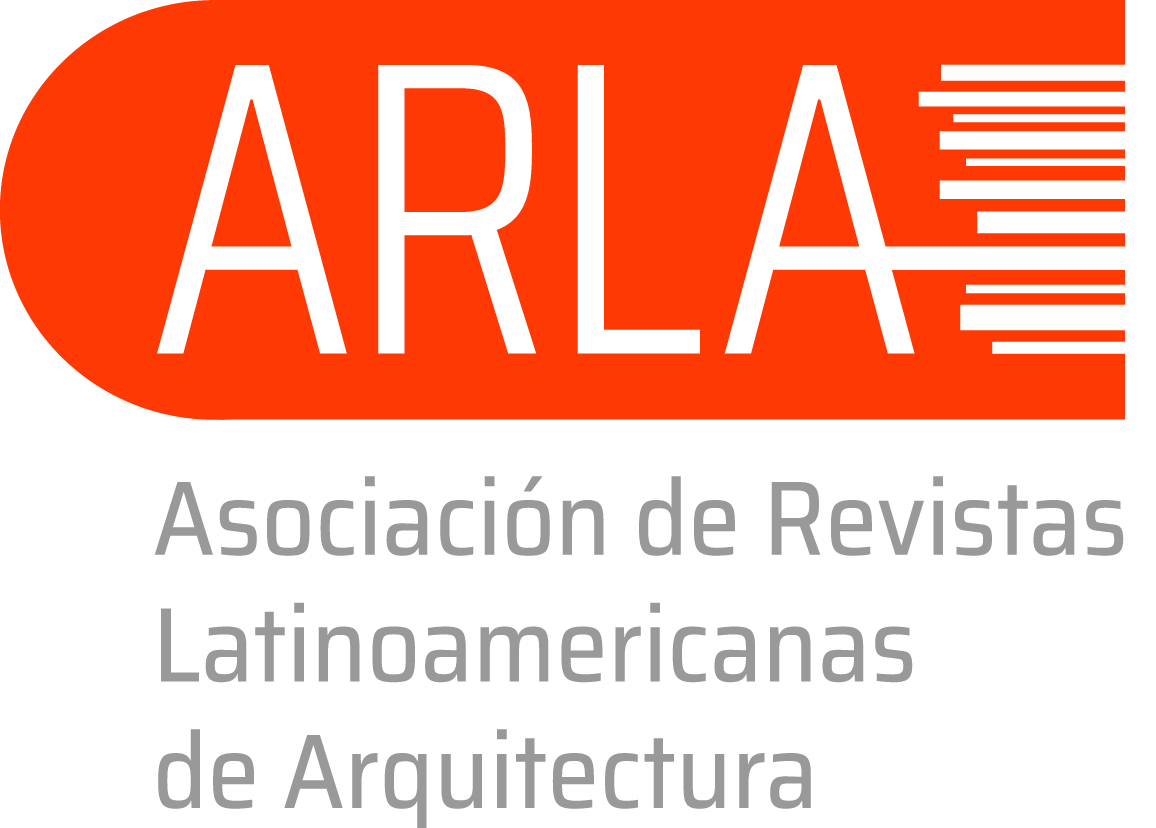About the Journal
Aim:
Gentrification is scientific journal on the areas of Demography and Public Administration dedicated to the research and analysis of the complex urban phenomenon of gentrification. Our aim is to provide a platform for academic debate and dissemination of studies that explore the multifaceted dimensions of gentrification, from its social and economic impacts to its cultural and environmental implications. The journal seeks to promote a comprehensive understanding of how gentrification affects urban communities and to foster the development of policies and practices that address both the benefits and challenges associated with this phenomenon.
Scope:
Gentrification publishes original research articles, reviews, and other contributions that address a wide range of topics include, but are not limited to:
- Urban Studies and Planning: Research on the transformation of urban areas, changes in demographics, infrastructure, and urban planning, with a focus on gentrification dynamics.
- Social Impacts: Analysis of the effects of gentrification on local communities, including displacement of residents, changes in social structure, and community dynamics.
- Urban Economics: Evaluations of the economic repercussions of gentrification, such as rising property values, investment in infrastructure, and the evolution of local markets.
- Public Policy and Governance: Studies on public policies related to gentrification, urban development regulations, and strategies for mitigating negative impacts.
- Culture and Heritage: Research on the preservation of cultural heritage in gentrified areas and changes in the cultural identity of affected neighborhoods.
- Sustainability and Environment: Analysis of the relationship between gentrification and urban sustainability, including impacts on green spaces and natural resources.
Visibility and Open Access:
The journal follows an open access model, maximizing the visibility of published articles and ensuring their availability to a wide audience.
Frequency of Publication:
The journal adheres to a continuous publication model, where accepted articles are edited and published as they are completed, with a single volume per year. Therefore, the call for submissions is permanently open.
Speed of Publication:
The journal manages the following times of the editorial process: 10 days for the first response from the section editor or pass to peer review; 30 to 45 days responses from the editor on the observations of peer reviewers; 20 days in layout, metadata uploading and publication on the journal's site.
The editorial team combines rigorous peer review with the efficient timing of the editorial process, which is done exclusively in electronic format.
Promotion and Dissemination Strategy:
The journal implements strategies to promote and position published articles on social networks and web platforms, contributing to increased exposure and access to the articles.
Financial Support
This site is financially supported by AG Editor, as part of its commitment to the dissemination of knowledge and editorial production in the region.
Editorial
AG Editor (Uruguay) is the Uruguayan branch of AG Editor, a company with offices in Argentina - AG Editor (Argentina), Paraguay - AG Editor (Paraguay), and Uruguay - AG Editor (Uuguay).
AG Editor (Uruguay)
RUC: 219738660012
Address: Sir Eugen Millington Drake 1885, Montevideo, Uruguay. ZIP Code: 11500
Email: editorial@ageditor.uy





